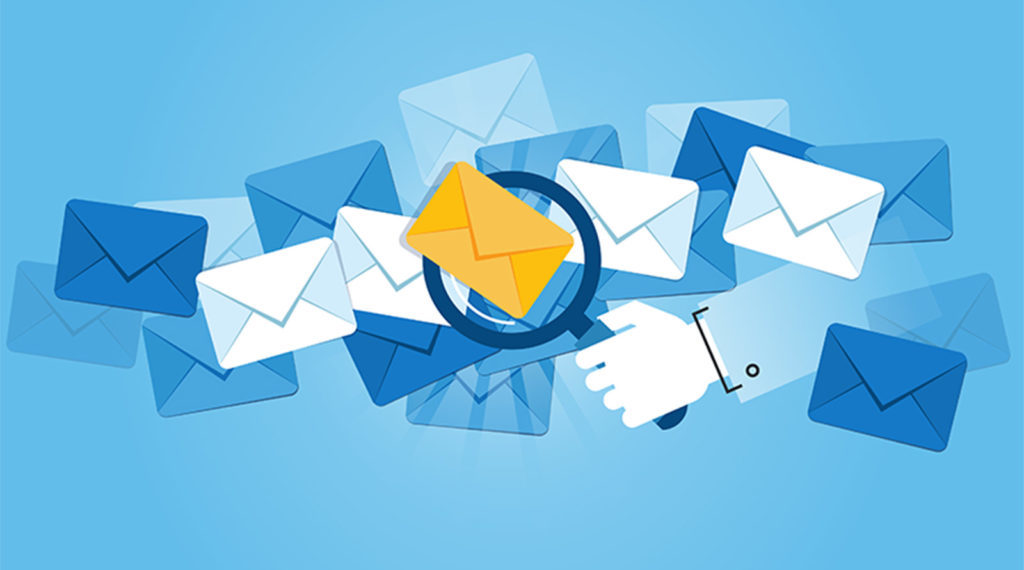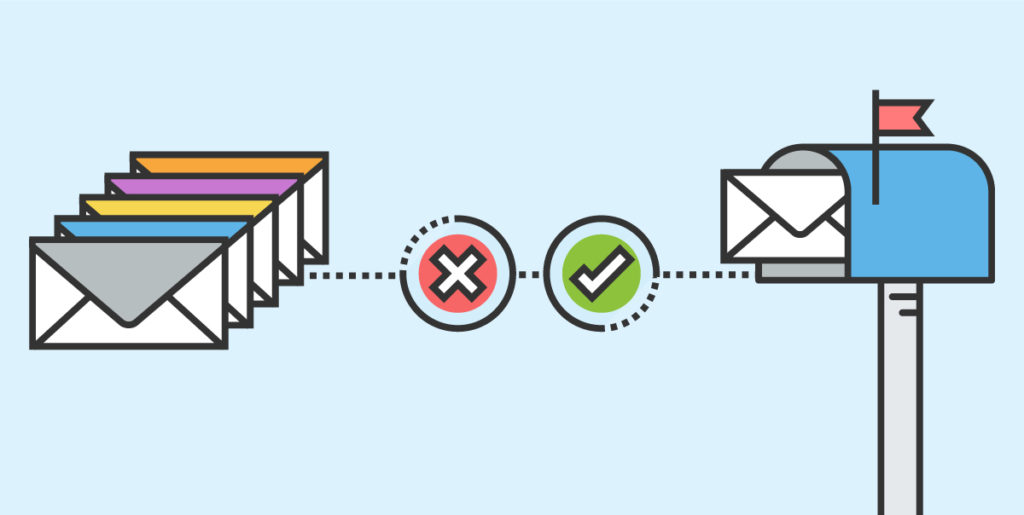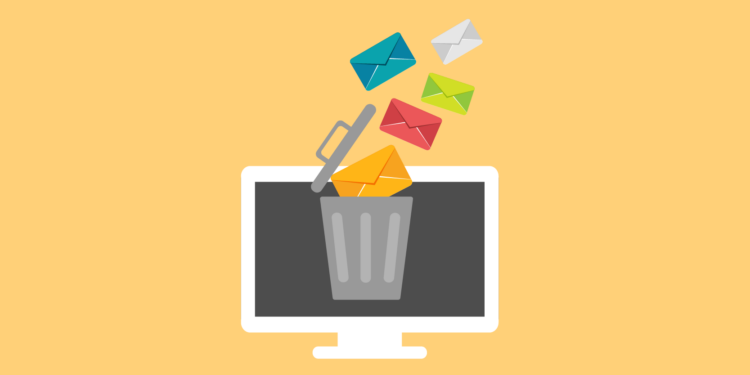Digital Marketing is a profession that is highly requested nowadays, and there’s a really good reason for that. In a world where everything is connected through the Internet, and people have their own virtual Mail Boxes, Digital Marketers are required in order to promote certain brands, businesses or services, and one of the ways that they’re able to do this is by sending well written and designed E-Mails.
Sending E-Mails is one of the most common way of promoting and marketing, but there’s a lot of things that you need to know before you engage in such an activity.
Digital Marketers are people that have a large arsenal of weapons used for promotions, but one of the most frequently used ones is maintaining a high E-Mail sending score and gaining the attention of potential customers through personalized and verified E-Mails.
Today we’re discussing the difference between verified versus unverified e-mails, so if you happen to be a beginner digital marketer, or you simply want to learn more out of curiosity, feel free to continue reading until the end. Without further ado, here’s what you need to know.

Verified versus Unverified E-Mails
Every E-Mail that a person sends to you has a chance of either ending up in your Inbox or in your Junk/Spam folder. What decides where the E-Mail will end? The score of the E-Mail sender, which is hidden unless you view it with a special service.
What impacts this score? The frequency of people marking the E-Mails from that sender as Spam. And how do we avoid this from happening to our E-Mails? We make sure that they are properly written, contain no broken links or images, include only useful information about what we’re trying to promote, and most importantly, not send thousands of them to the same person in one day.
Now that you know what you shouldn’t do, you might be wondering what the best way of checking your E-Mail is. Well, this website might be of great help, but we’re going to provide you with a few more tips.
When it comes to writing E-Mails, people are already introduced to a lot of scams and similar frauds, so they will most likely be careful about what they’re opening. One of the best things that you can do is make sure that you have an authentic and official look as an E-Mail sender because nobody would really like to open an E-Mail that talks about business, but the address of the sender looks nothing even remotely close to businessmen or a company. So, avoid using sketchy E-Mail addresses, and most importantly, make sure that your content is entirely legit and well-written inside the E-Mail.

This includes checking all of your links, with none of them looking sketchy or scary to open, making sure that your logo, images and everything else is displayed properly on all kinds of different devices, and last but not least, be humble and modest in what you’re writing. People are really tired of E-Mails promising them that they will earn more than a thousand dollars per day if they apply for your “magic” job spot, so if your E-Mail is something of that nature, they might immediately send it to the “Spam” folder.
